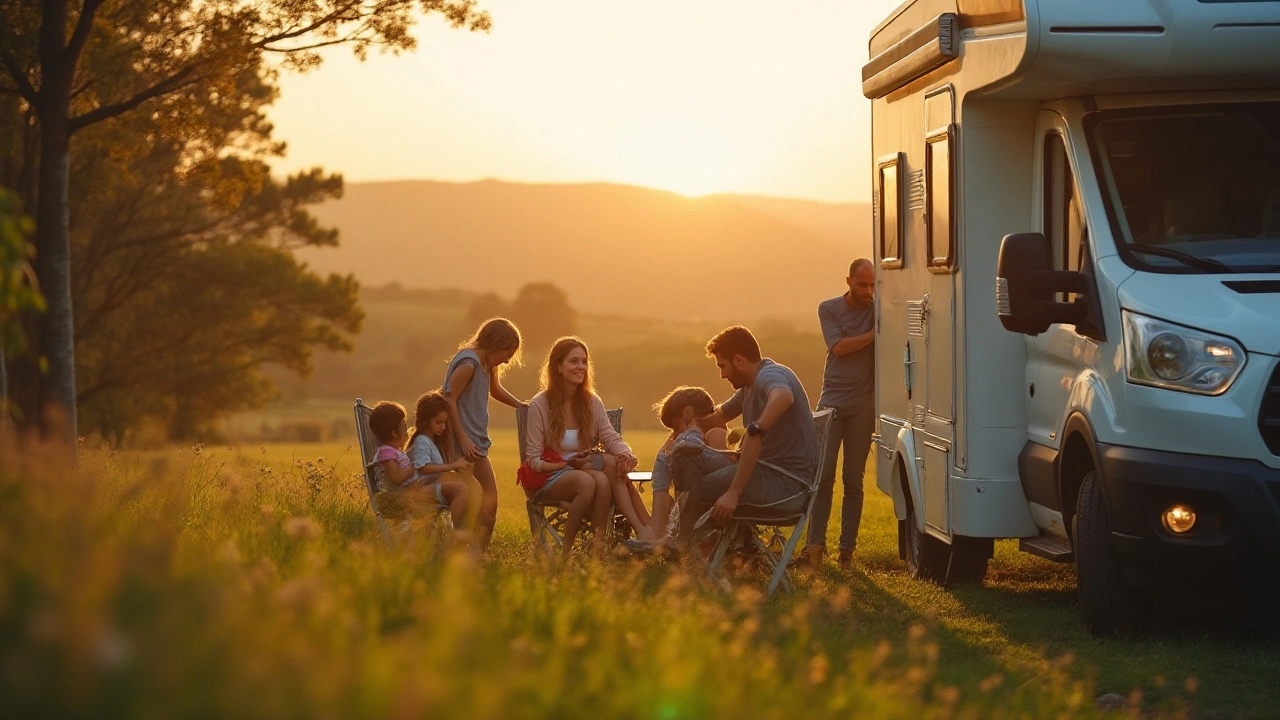RV Electric Hookup Guide: Power Your Motorhome Anywhere
Getting hooked up to electricity is one of the first things you do when you arrive at a campsite. It may sound simple, but the right steps keep your batteries healthy and avoid tripping breakers. This guide walks you through the basics, the gear you need, and what to watch out for so you can relax inside your motorhome without worrying about a dead battery.
Know Your Plug Types and Amps
In the UK most sites offer three standard hookups: 13 A (the domestic socket you see at home), 15 A (EU style with a different pin layout), and 32 A (a heavier, three‑phase connector for larger rigs). Check your motorhome’s inlet – it’s usually a removable socket on the side. If you have a 13 A inlet, you’ll only be able to run lights, fridge, and a small heater. A 15 A inlet lets you add a microwave or TV, while a 32 A hookup can power the full suite of appliances, including air‑conditioning.
When you arrive, confirm the site’s available amperage. Most campgrounds list this on their website or on a sign near the pitches. If the site only has 13 A and you need more power, ask the manager about a 15 A adapter or a nearby 32 A point.
How to Connect Safely
First, turn off all appliances inside the motorhome. Then, make sure the campsite’s power supply is switched off – many sites have a breaker box near the hook‑up points. Plug the cable into the site, walk the length back to your motorhome, and connect it to the inlet. Once both ends are secure, flip the campsite breaker on and then turn on the main switch inside your rig.
While the power is on, check the voltage on your control panel. Modern motorhomes show a green light for a good connection and a red warning if something’s off. If you see a red light, turn everything off, unplug, and re‑check the site’s breaker. A loose plug or damaged cable is the usual culprit.
Never use an extension cord that isn’t rated for the same amperage as your hookup. A cheap 13 A extension on a 32 A site can overheat and cause a fire. Keep the cable coiled neatly to avoid tripping hazards and protect it from weather.
When you’re ready to leave, reverse the steps: turn off the internal switch, switch off the campsite breaker, then unplug the cable. Store the cord in a dry place to keep it from cracking.
Maintenance tips include checking the cable for cuts, cleaning the inlet pins with a dry cloth, and testing the connection on a short trip before a long holiday. A well‑maintained hookup saves you from unexpected power loss in the middle of nowhere.
With this routine you’ll spend less time fiddling with plugs and more time enjoying the scenery. Whether you’re parked at a beachfront site in Teesside or a forest hideaway up north, a solid electric hookup keeps your motorhome running smooth and comfortable.
Essential Tips for Using Electricity While Camping
Discover how to keep your devices and appliances powered while enjoying the great outdoors. This article explores various methods to access electricity while camping, from using electric hookups at RV sites to portable generators and solar solutions. With practical tips and considerations for environmental impact, this guide helps you prepare for a comfortable and sustainable camping trip. Stay connected and make the most of your wilderness experience.
